
The Flatwing is truly a piece of history. We have the endlessly influential New England fly caster, Kenney Abrames to thank for most of its incredible ability to catch saltwater gamefish. The original "flatwing" was sourced in the woods of Northern Maine in the 1960's where it was an effective landlocked salmon fly. When you mix the "concept" with the passionate and creative members of Rhody Fly Rodders, the oldest saltwater fly fishing club in America, you get innovation. Other Rhody Fly Rodders members like Ray Bonderow and Bill Peabody also made substantive contributions; but Kenney's two books "Striper Moon" and especially the tying manual "A Perfect Fish" (currently $770 on Amazon) plus a slew of magazine articles solidified it as a staple saltwater fly.
The Flatwing fly we think of today is essentially four or five hackle feathers tied to the shank of the hook surrounded by an arrangement of bucktail hairs, a few strands of artificial flash, and two jungle cock feathers tied on as eyes. And if you ask any fly tyer who loves creating and fishing Flatwings, they are one of those rare objects in life that is as painfully simple as it is positively complicated.
Kenney fished hard, tied constantly, and spent time teaching people like my good friend Steve Cook what he knew. Steve recounts some of the first tying sessions he shared with Kenney at the original Saltwater Edge location on Thames Street. “He gave me some Flatwings and I liked ‘em. They were simple and clean and they caught.” Steve had been tying lots of flies both saltwater and freshwater, most of which were centered around bucktail, not hackle feathers. So these flies represented a new challenge. The Flatwing’s ability to be scaled up or down, altered in bulk, length, color, and the way it is fished, makes it truly beautiful. Steve spent countless hours doing something he advises us all to do, “Learn thoroughly, focus on good sound practice, and work on just a little at a time.” (Which if you ask me is some incredible advice for fly tying but also for living your life). He encouraged me to add just a sprinkle of proverbial salt to the soup at a time. Although he was referring to the number of bucktail hairs tied onto a Flatwing, Steve knows what is truly important in fishing and in life and none of us should ignore that.

The Versatile Flatwing
The Flatwing is a versatile tool for the New England fly-fisher and its technique makes it a unique entity in the world of fly tying and fly fishing. The Flatwing has a place in every season and can be used in a variety of situations. Beyond that, there are many ways to use hackles, tied horizontally to slow the descent of your fly and to awake the action of your ties. It is, by no means, the only fly you need, but it’s a unique offering that catches tons of fish and it’s a true Rhode Island mainstay.

Sand Eel Flatwings
With the new moon in May juvenile sand eels can be an abundant forage and a fly rodders nightmare. The young of the year sand eels around 3 or 4 inches long. Sand eels are a long, slender baitfish with a dark back (typically a brown/olive tint) and a pointed head. Their long profile translates to a fluid, undulating swimming action that is very hard to replicate as an angler, particularly on a small scale.
In Rhode Island and throughout much of southern New England, sand eels congregate in several distinct areas in the spring, most notably: harbors, back bays and beach corners. These zones fill up with these slim snacks as the shallower water, coastal structure and even boats in a mooring field provide cover for them to hide in.
A Flatwing fly is an incredible way to imitate small sand eels and therefore an effective way to catch the bass you will find feeding on them. A small Flatwing pattern with a sparse tapering head, slender body section, and thin hackle feathers for the tail is downright perfect for the job. The horizontally-tied feathers provide a delectable swimming action that slithers through the water with a strike inducing realism (reminiscent of that accentuated sand eel swimming motion). When it comes to color, I tend to stick to the brighter chartreuse and lemon lime iterations of the fly. For some reason those early season bass just absolutely chew on chartreuse.

Steve Cooks Lemon Lime, Finest Kind, Ham and Eggs
Flatwings on the Flats
For those of us lucky enough to find ourselves on a New England sand flat in June or July you would be silly to not have a flatwing in your fly box. Flats fishing is about stealth, presentation and finesse. One cannot go flailing around with a giant fly, heavy leader and no game plan. A small, sparse fly is almost ALWAYS the way to go. With clear conditions and bright, direct sunlight, it can be tough to fool some flats patrolling bass. Steve Cook is adamant about the sparseness of a good flatwing, “Less is always more.” and in my opinion, much of the beauty of the flatwing is how little material is needed to tie such an effective fly. Think about sand eels, silversides and bay anchovies, they’re practically transparent!

When I’m fishing the flats I like to carry a few different versions of the Flatwing--a very sparse Rhody Flatwing, a small Finest Kind and a version Saltwater Edge owner (and my boss) Peter Jenkins ties that is so simple and elegant (and I’m not just saying that because he signs my checks), but it flat-out crushes on the flats. The ‘Jenks Flatwing’ is essentially just a tail of two hackles (typically olive and white) some pearl or gold flashabou and then a few wraps of pearl body braid around the shank--clean and effective.
Just last season I found myself stalking a sand flat on the Elizabeth Islands in July. I had never seen so many pairs of bass cruising the shallows, their bellies against the sand, chasing bait that I couldn’t even see. I caught two fish on nickel-sized crab flies and six more on the sparsest version of Jenk’s Flatwing I had. The water was gin-clear so I lengthened my leader out to 11 feet and sized down to 12-pound fluorocarbon. After spotting a pair of fish, I would do my best to place a cast 4-feet or so in front of them, immediately get in touch with my fly with two slow, deliberate strips and before I could do much else I would go tight. It’s such a rush watching them pop their mouths open before inhaling your fly.

Image courtesy of Awe-Struck Fishing Charters
When bass are on the flats their bodies seem to change color, tweaking their tone to blend in with their desertlike surroundings. The initial run of a flats striper surprises me every time, having no place to go but straight ahead in these skinny waters and because of this, they seem to find a turbo mode as they seek the safety of deeper water. They blast across the flat like sand-colored torpedoes with a beautiful Flatwing hanging out of their mouth. My girlfriend and her family were with me that day watching me stalk these fish from the beach. I have seldom felt more proud of my ability to catch a fish than on that day. I will never forget it. Thanks to Jenks for that one.

Photo Courtesy of currentseams.com a great source for all things flatwing
Flatwings and the Fall Run
I am hard pressed to think of a better New England fly-rodding scenario than a cool fall evening standing alone in a quiet spot casting across a running tide. My soul brother and justifiable flat wing master, Jay Foss found himself in that situation in South County, RI in September of 2019 and recalls how his Flatwing Eel Punt fly hooked into one of, if not the most, cherished fish of his life. After a blown out morning and afternoon chasing albies with his brother, they escaped the wind and found themselves fishing the estuaries for striped bass. Jay told me that the tide was moving at that perfect walking pace, from right to left, he saw an abundance of silversides flowing out on the ebb and that the wind died out just like you dream about as the sun began to set. He sent a cast out into the flow and let it dead-drift through the water column keeping contact with the fly (just as his fly sensei Steve Cook taught him), as his line came parallel with the bank he felt that incredible thud that we all crave. Once he realized that he had not hooked bottom, he fought a 38-inch fish all the way to the bank and shared the sight of a fish of a lifetime with his brother.
When Jay told me this story it was impossible not to feel the love and enthusiasm he has for fly fishing and striped bass. I asked him, “Was that a moment when you thought to yourself, ‘this is what it is all about… this is why I tie all those Flatwings and spend all this time on the water?” He responded “Yes, yes it was brother.”

Jay's Eel Punt Flatwing
That Flatwing Eel Punt in black and purple did its job for Jay that evening. Its horizontal hackle swam in the current just as tiers like Steve Cook and Jay Foss hope for. When I asked Steve Cook why he loved Flatwings he said, “Christian, these flies don’t fall through the water column, they swim through it.” Current is an incredible tool that fish use to their advantage, as do we as anglers. A Flatwing in current looks more realistic than really any other bait I can think of. Jay knew this on that night in September, and will be chasing that current for the rest of his life.

Pictured: Steve Cook and Jay Foss
Flatwings are the quintessential saltwater fly; synonymous with salty fisherman and big bass. They have been in the fly bins at The Saltwater Edge since we opened, we have retired ones hung up on the walls and you can see them hanging out of striper jaws in the old 3x5 photos the shop has collected over the years. Think of Steve and Jay the next time you tie one or fish one or see a nice one tied with purpose and patience. Time for me to hit the vise and sprinkle some salt in the soup.


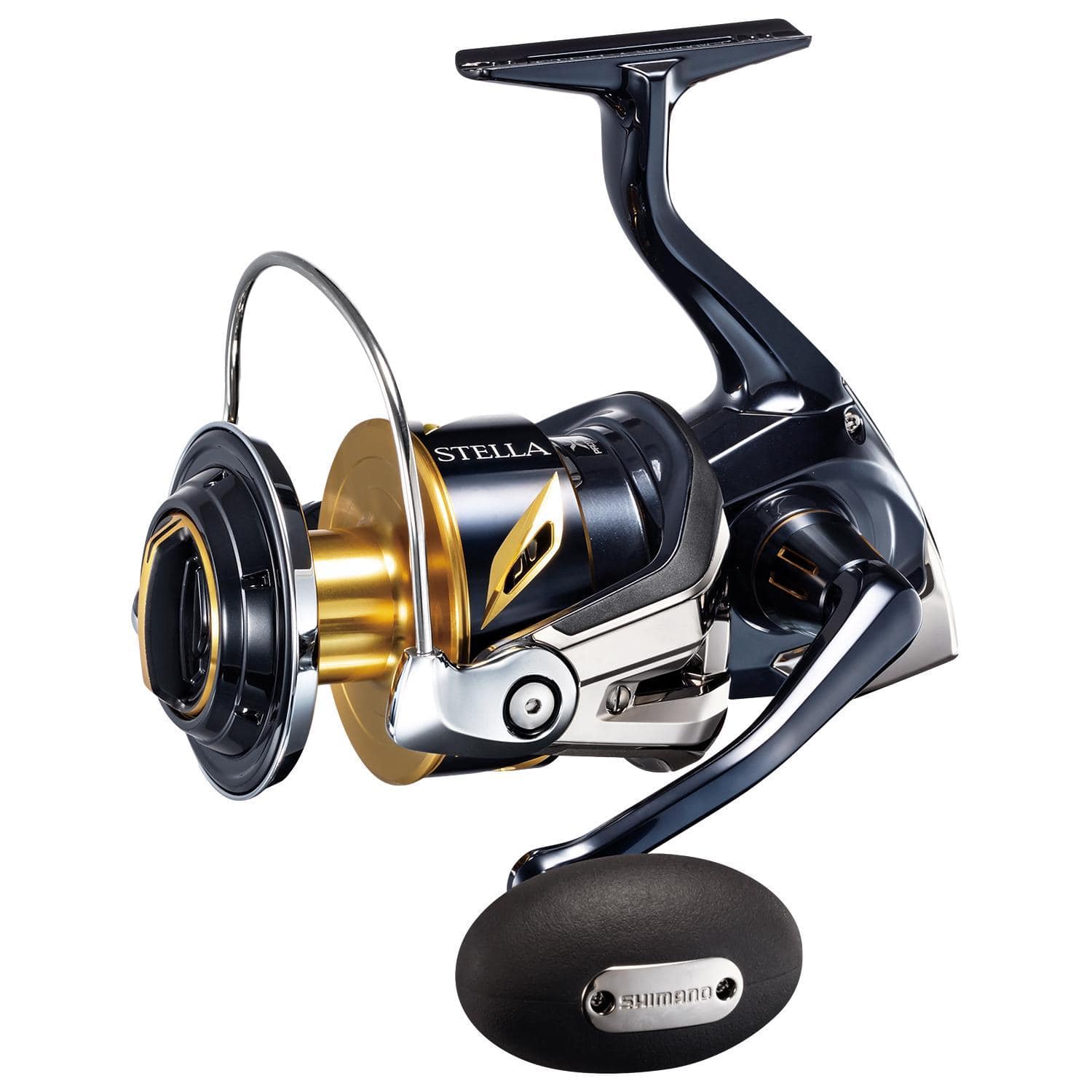





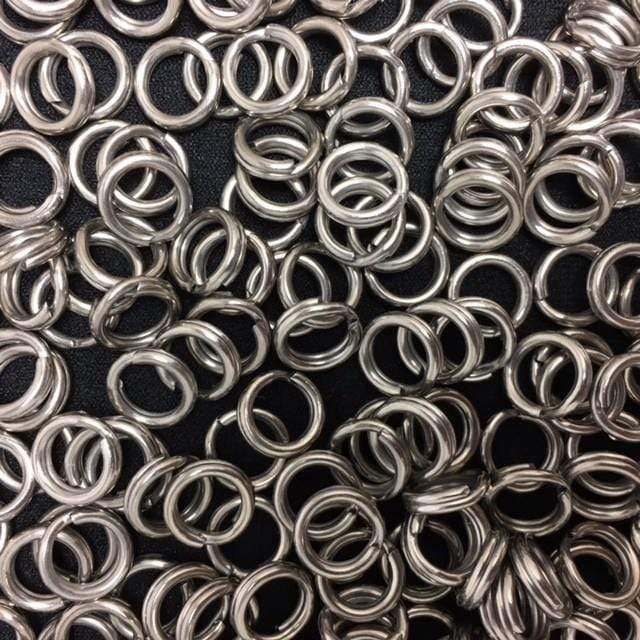
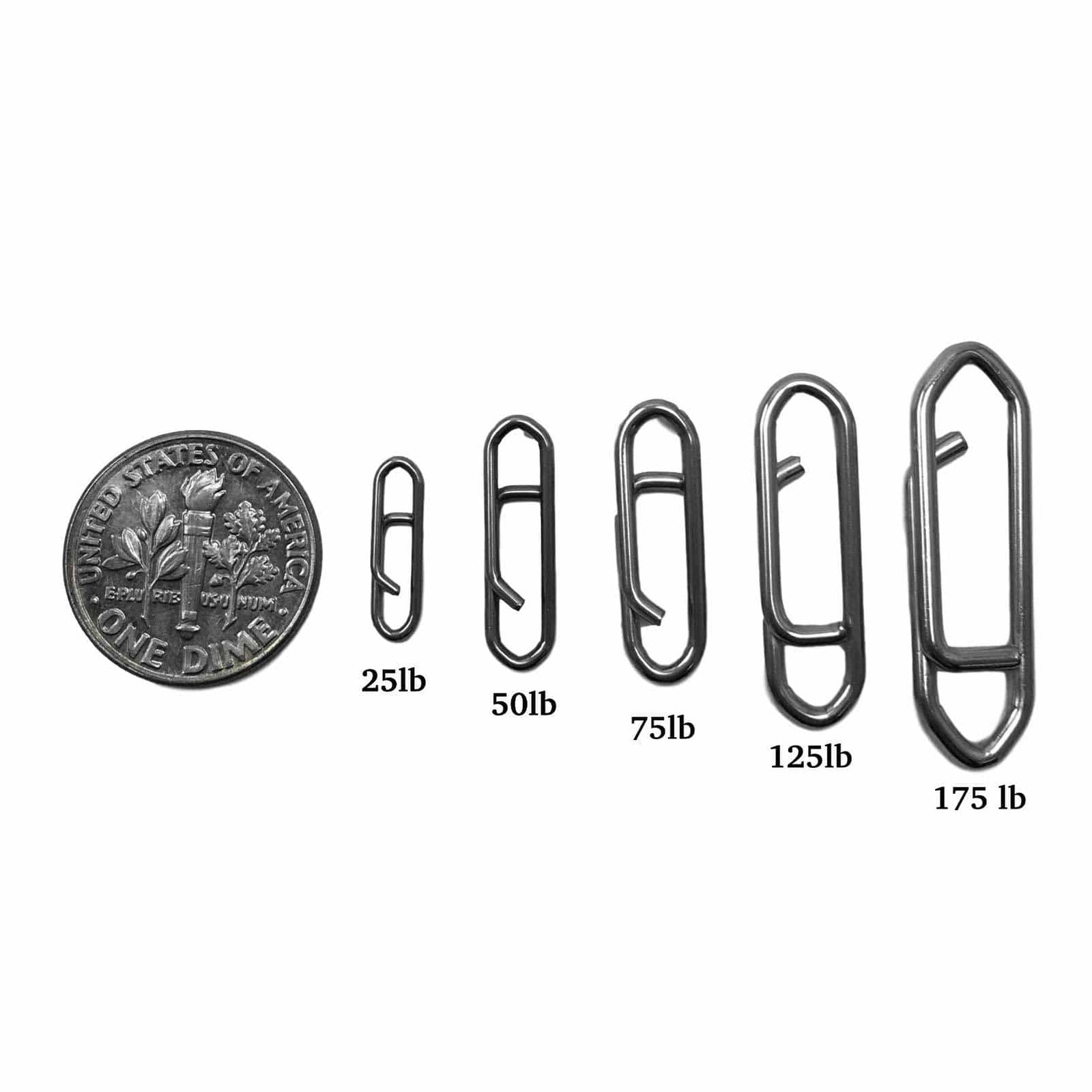






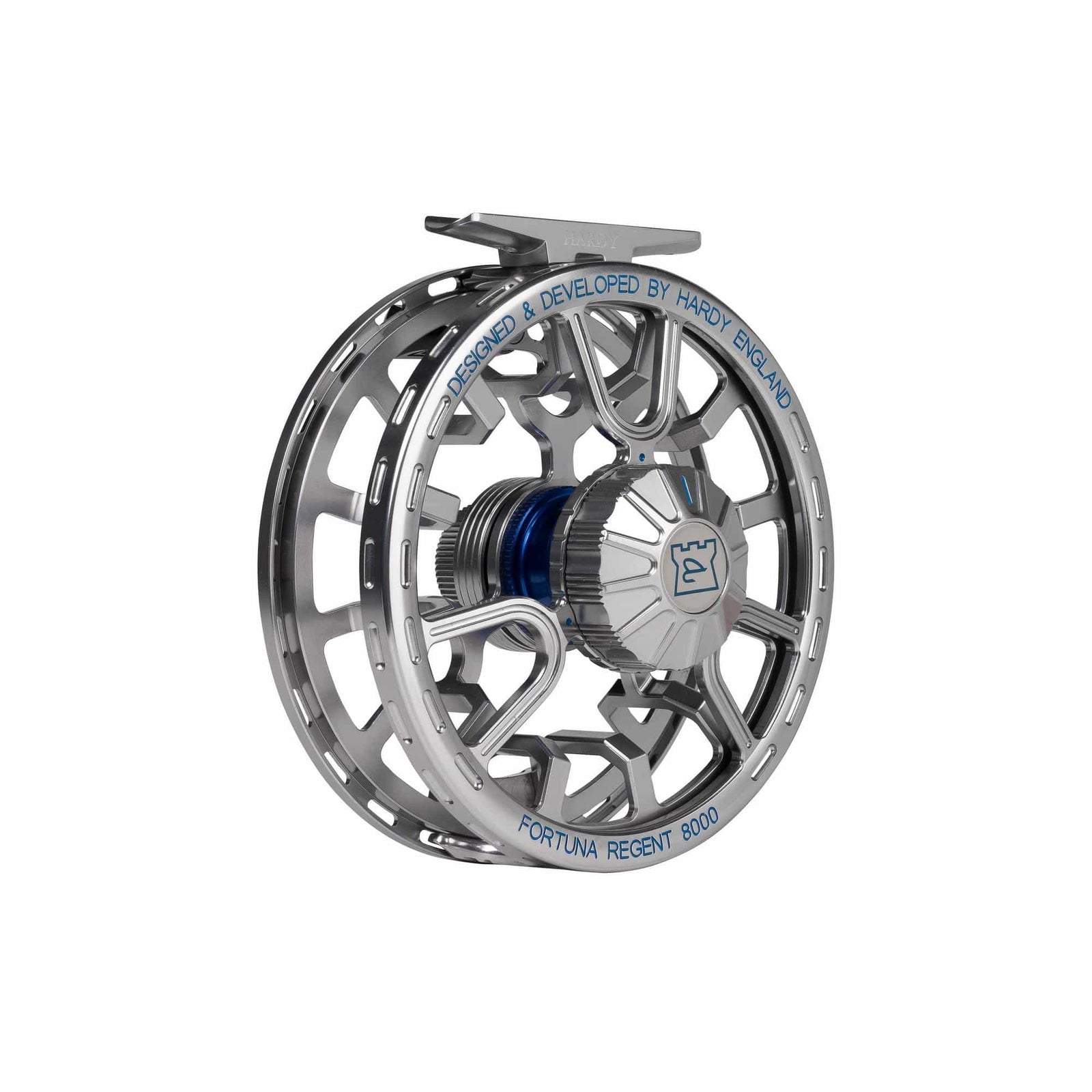
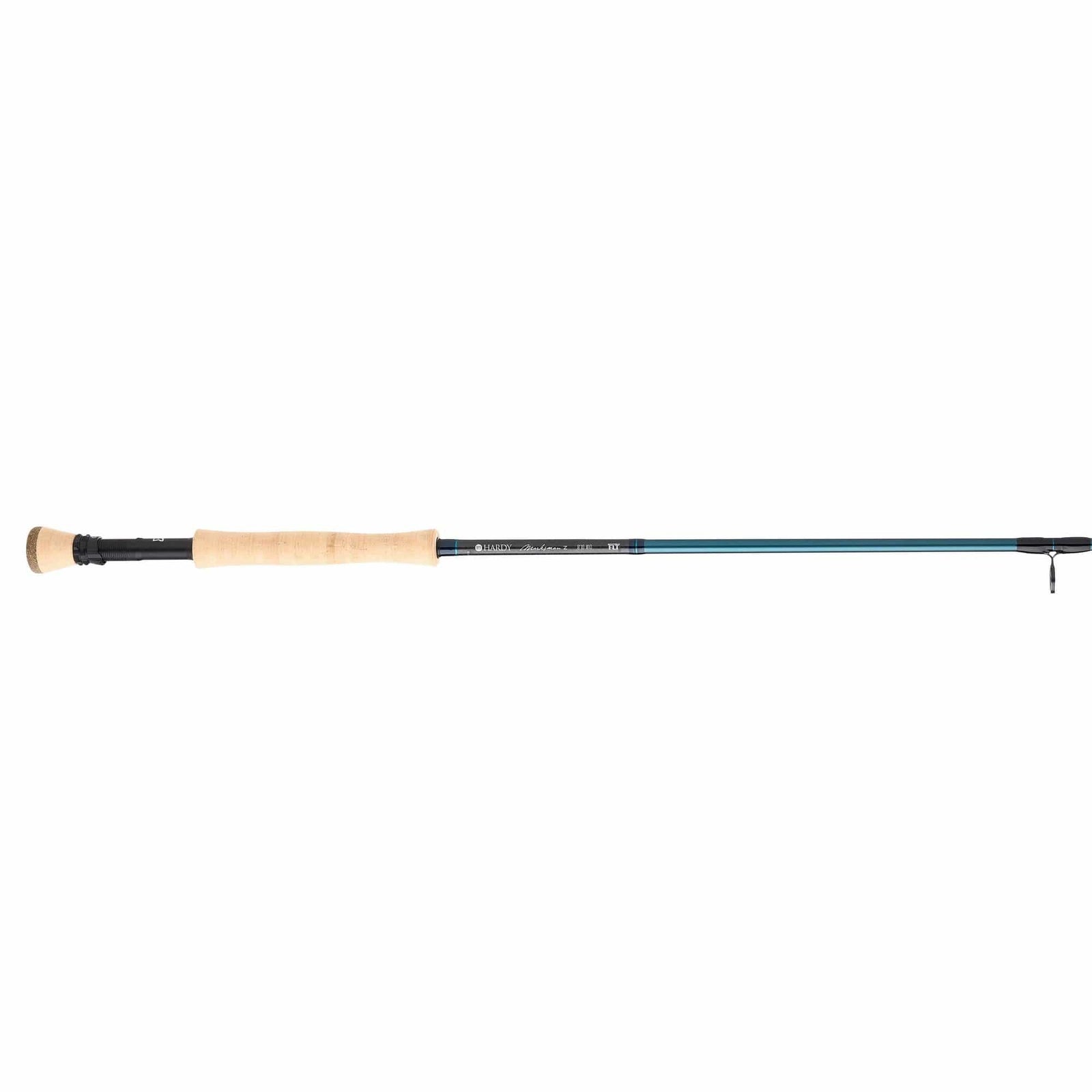


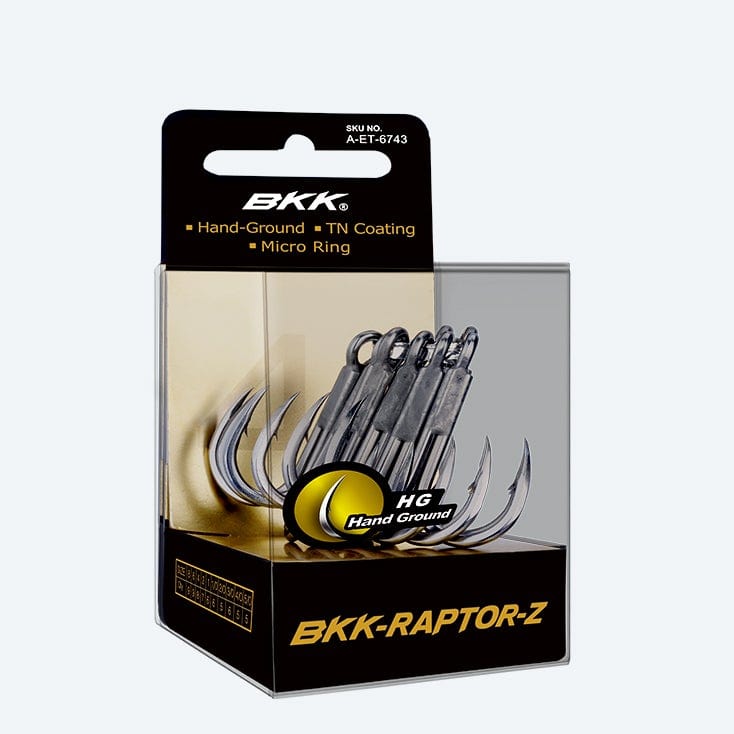

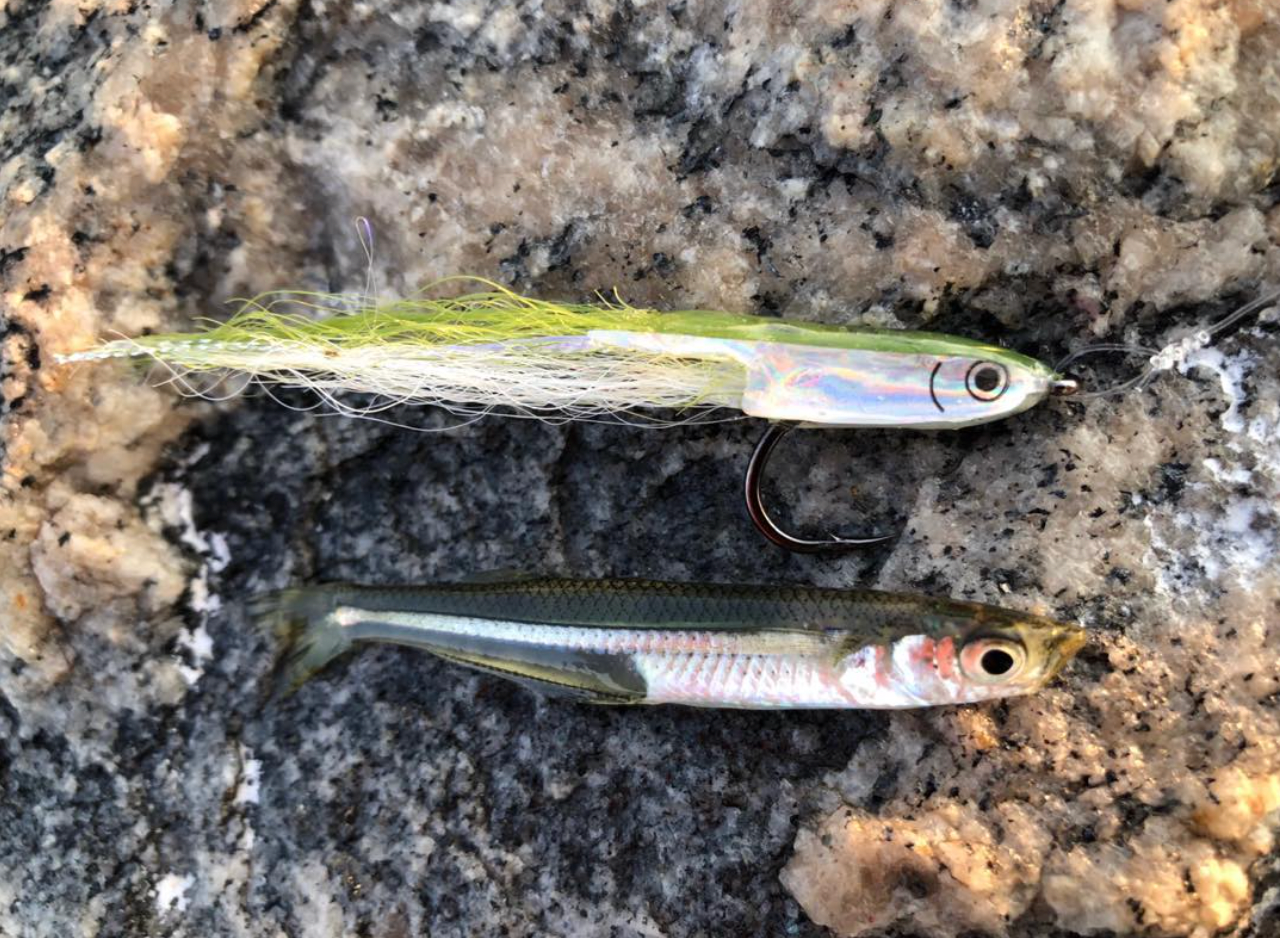
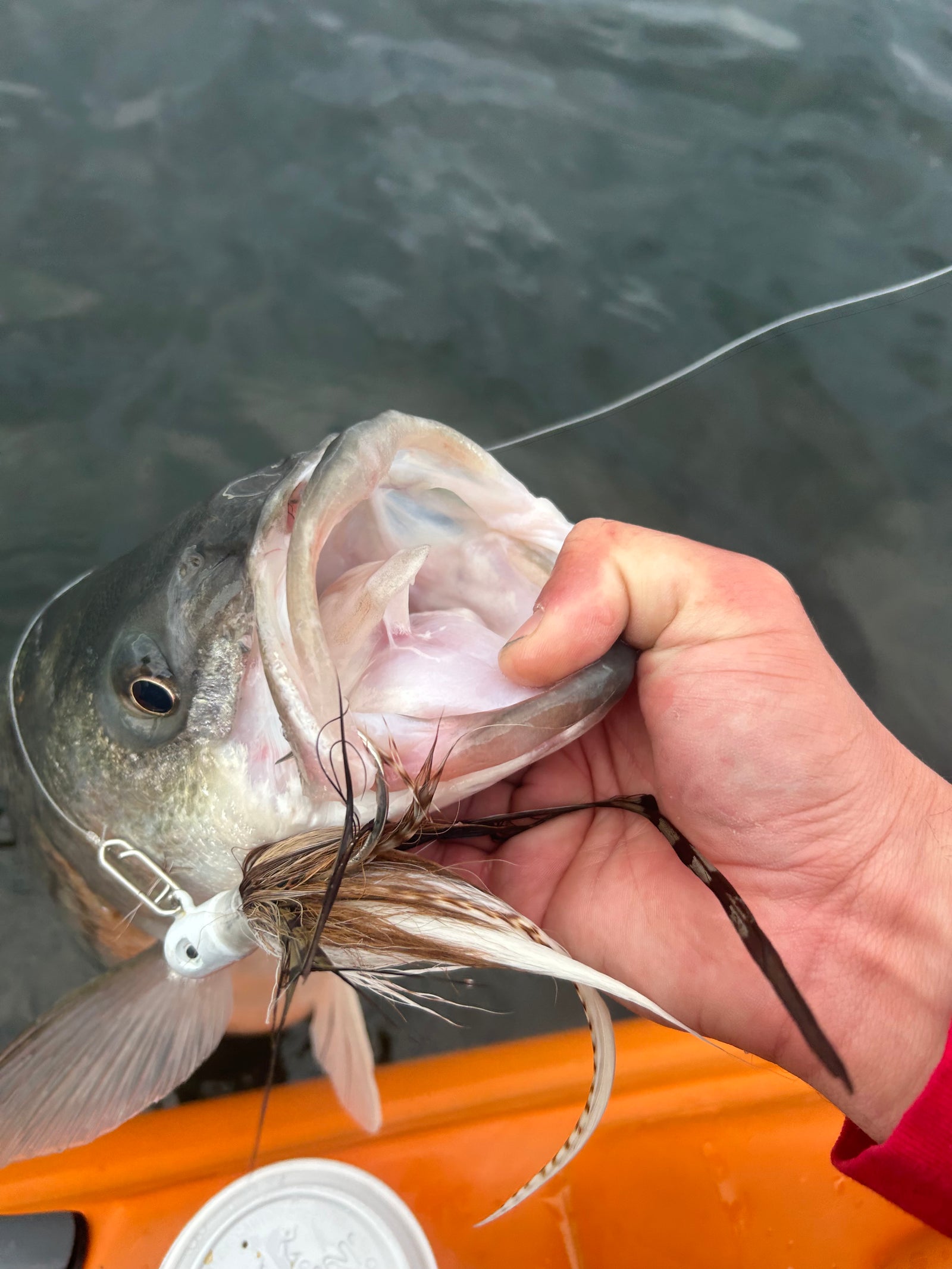
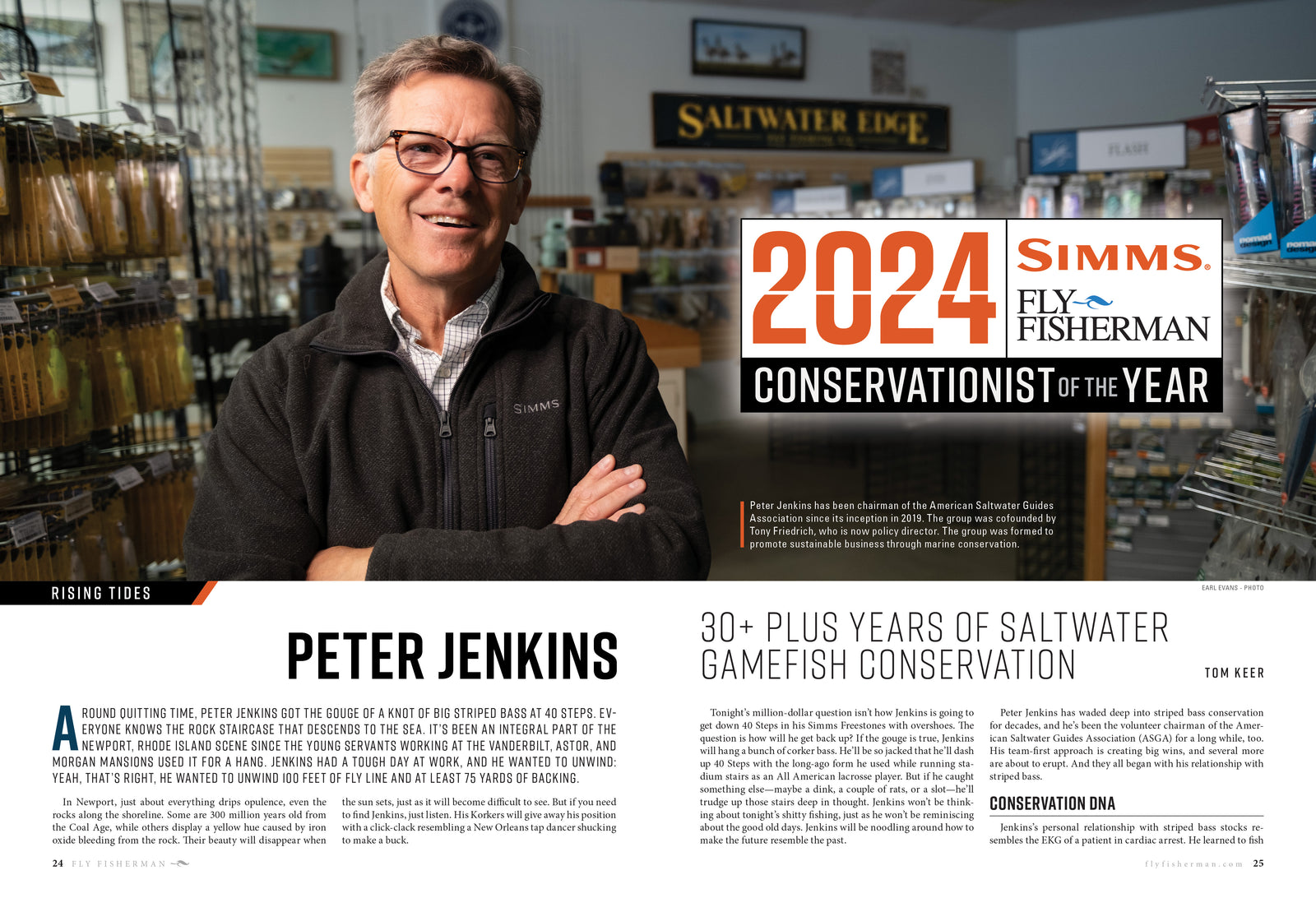
Rick Fleming
July 31, 2023
Great article. The flatwing family of flies has really stood the test of time. I use the Flawing Eel Punt in either black and purple or straight black all the time. Last October I got a 31" striper that took in 2’ or water at first light. I also tie that fly on whenever I’m fishing whitewater, even during the day.